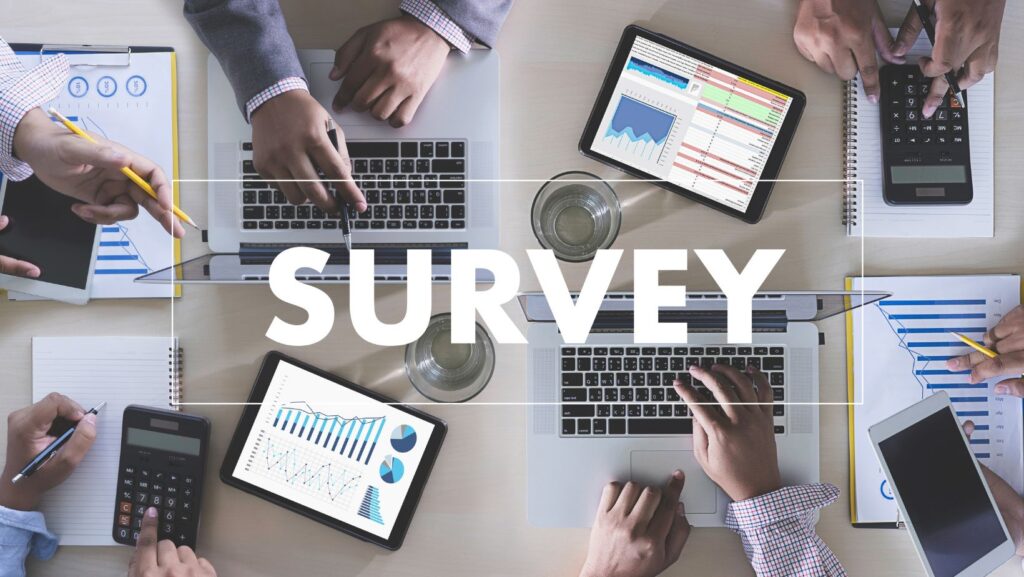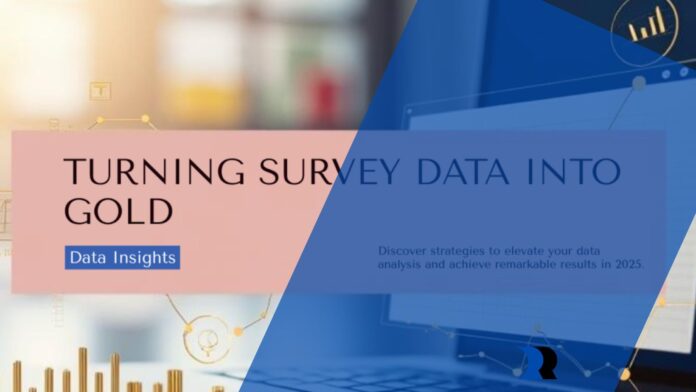In our current data-driven landscape, surveys are indispensable tools since they allow businesses to gain insights into customer behaviors, improve their products, as well as steer business decisions.
However, the process only begins after survey data is collected.
This data must be analyzed well in a key task to find a useful understanding.
The matter of advanced survey analysis software matters. Software can analyze through advanced surveys.
As the volume of surveys increases and data grows in complexity, leveraging robust software solutions for survey research is crucial.
The most sophisticated survey analysis platforms in 2025 extend far beyond simple data tabulation; they incorporate features like artificial intelligence (AI), dynamic reporting, and deep analytics to help organizations extract meaningful patterns and trends quickly and accurately.
Why Modern Survey Analysis Software is Essential
Basic tools and manual methods, such as spreadsheets, are no longer sufficient for modern research needs.
Today’s survey analysis software offers several critical advantages:
- Advanced Analytics Features: These include cross-tabulation, segmentation, and trend analysis, allowing users to explore detailed insights hidden within response data.
- Customizable Visualizations: Users can create tailored dashboards and reports designed specifically for different stakeholders or business objectives.
- Integration Capabilities: Seamless connections to customer relationship management (CRM) systems, business intelligence platforms, and other business tools enrich contextual analysis.
- User-Friendly Interfaces: These platforms enable users without deep statistical expertise to interpret data efficiently and confidently.
- AI-Powered Enhancements: Natural language processing (NLP) and machine learning features help analyze open-ended responses, detect sentiment, and forecast trends.
Major Trends in Survey Analysis in 2025
1. Unified Platforms for End-to-End Survey Management
Organizations increasingly favor unified systems to design surveys, gather data, and analyze it on central platforms.
Effectively monitoring customer sentiment or employee engagement involves this consolidation to prevent data fragmentation and improve collaboration across teams, supporting real-time data updates.
2. Importance of AI and NLP
AI-driven tools have become quite indispensable for use with the growing volume of all unstructured data from social media and chat transcripts, as well as surveys.
These technologies sort text responses automatically, stress new topics, and find sentiment shifts that standard analysis could overlook.
This does allow for greater speed as well as accuracy when processing these large quantities.
3. Customization to Meet Diverse Business Needs
Different departments do have different survey data requirements, for sure.
For instance, marketing teams could prioritize the metrics of brand perception, while HR departments concentrate on how satisfied employees are, segmented by demographic factors.
Modern survey software provides wide-ranging customization as it allows tailored workflows, metrics, as well as visualizations to suit specific organizational needs.
4. Enhanced Visualization and Interactive Reporting
A key focus remains on the ability to convert complex survey data.

This conversion yields clear visual reports of perception. Interactive dashboards empower the decision-makers to update in real time for an intuitive exploration of trends without raw data.
These visual tools accelerate understanding, and evidence-based decisions become faster plus easier.
Practical Strategies to Improve Survey Analysis
Drawing from industry best practices, here are actionable tips to make your survey analysis more effective:
- Set Clear Objectives Before Analysis: Define what key questions the data needs to answer to guide focused, relevant analysis.
- Segment Respondents: Analyze data by demographics, behavior, or other relevant groups to identify meaningful differences and opportunities.
- Combine Quantitative and Qualitative Data: Integrate open-ended responses using AI-enabled tools to enrich numeric data with sentiment and thematic insights.
- Automate Routine Tasks: Use software to handle repetitive processes such as data cleaning, report generation, and trend tracking to improve efficiency.
- Continuously Refine Survey Questions: Update and optimize surveys based on prior insights to enhance data quality and respondent engagement.
- Encourage Cross-Team Collaboration: Share dashboards and insights broadly within the organization to align strategies and actions with customer or employee feedback.
Choosing the Right Survey Analysis Software
When selecting survey analysis software, consider these key factors:
- Ease of Use: Ensure the platform matches your team’s technical skills and workflow preferences.
- Analytical Depth: Look for tools that provide advanced and flexible analytics features suited to your research scope.
- Visualization Quality: Prioritize platforms offering robust, customizable reporting and dashboards.
- Integration with Other Tools: The software should connect smoothly with your existing digital ecosystem.
- Scalability: Choose a solution that can grow with your organization’s data needs.
- Affordability: Evaluate licensing, pricing, and value delivered relative to your budget.
Conclusion
In 2025, survey analysis software will do even more than offer convenience; it will become a necessity for businesses aiming to extract maximum value from survey feedback.
Powerful analytics, infused with AI-driven insights and interactive visualizations, transform raw data into impactful strategies that enhance customer experience and optimize operations.
These solutions help organizations cultivate a comprehensive feedback ecosystem, empowering them to understand audiences deeply.
In today’s competitive environment, they can also respond proactively, much like businesses leveraging digital-first strategies to stay relevant and ahead of the curve.
Organizations that can harness advanced survey analysis today will be best positioned for leadership tomorrow.


